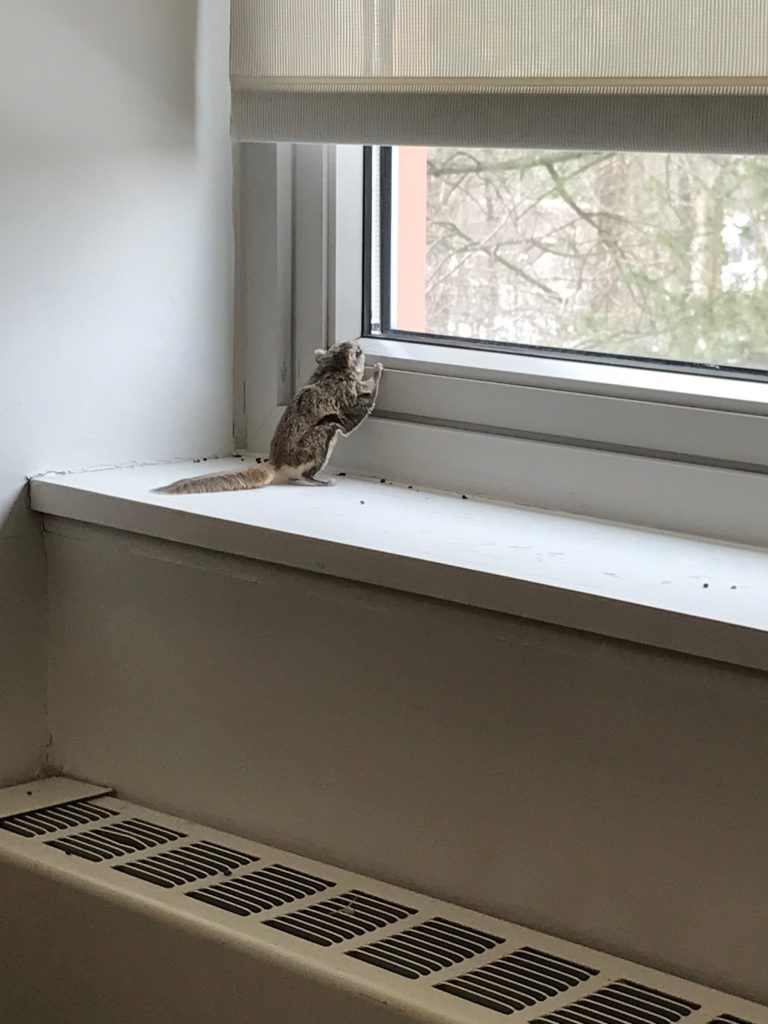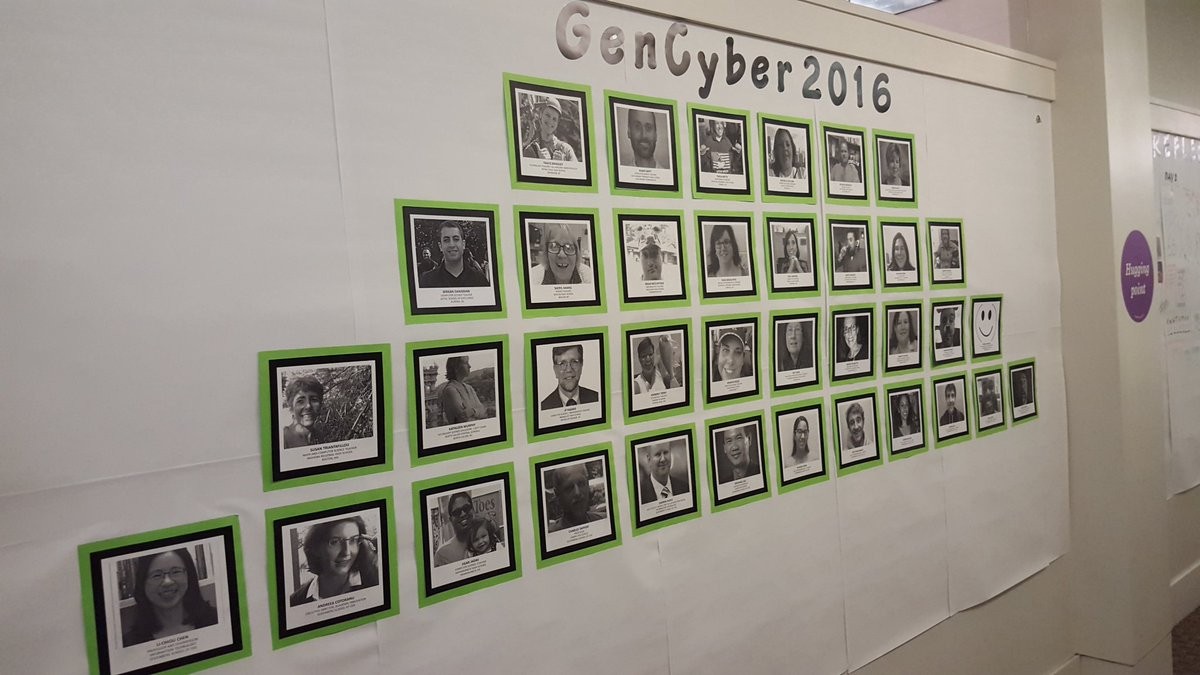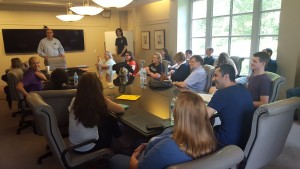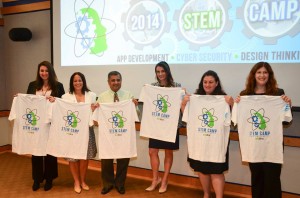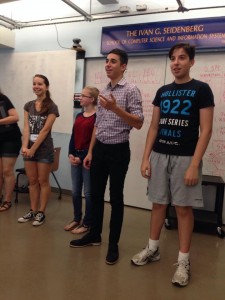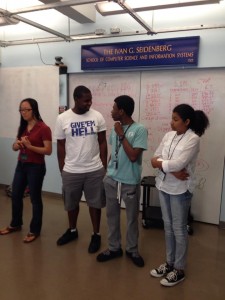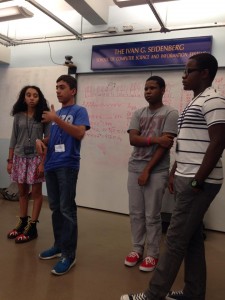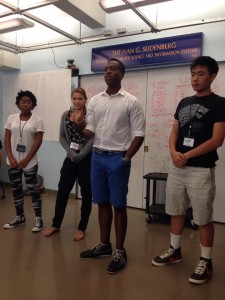If you thought monsters weren’t real, you may change your mind after this story. Recently, reports of a “creature” that had elongated teeth, wings, and a bushy tail began to trickle out of the Seidenberg space on our Westchester campus.
For a period of terror, it wasn’t unusual to hear screams of fright as the beast moved from room to room, alarming one staff member after another.
“Well, it couldn’t have been that bad – I didn’t hear any screaming,” said director of networking and IT support, Matthew Poli. Hang on, I just said there was screaming, and-
“I wanted to bring it home with me and keep it as a pet,” programmer Leanne Keeley said, hammering the final nail into the coffin of the atmosphere I’ve been building thus far.
Okay, fine. It wasn’t a petrifying monster, it was an adorable flying squirrel.
“Once in a while . . . an uninvited guest shows up on our floor,” said sr staff associate, Greni Francisco – and it’s true. Being located in the outskirts of picturesque Pleasantville, Pace’s traditional campus is bordered by woods and is no stranger to the odd woodland critter dropping by. Greni noted that staff shared a few jokes about the squirrel’s presence, “then it was time to go back to work.”
It’s almost like everybody is actively trying to stop me from blowing this out of the non-story it is.
Interestingly, the squirrel took up residence in the office of the dean for the greater part of its stay, though our dean, Jonathan Hill, did not actually get a chance to meet his small and furry counterpart. Despite not actually meeting in person to shake paws, Dean Hill had nothing but good things to say about his officemate. “I liked that squirrel. It had a very promising research agenda.”
Before long, the squirrel – as yet unidentified – was captured and released far enough away that it shouldn’t stop by again. But you never know.
“The day was nutty,” said program manager Jill Olimpieri. “I am sad that the Seidenberg Squirrel was not able to make an appearance on January 21st, which is National Squirrel Appreciation Day. This would have been a wonderful time to celebrate its presence.”
Perhaps the squirrel should have consulted its calendar.
“I hope that Dean Hill is able to find another furry friend here in PLV, as our dry human humor usually doesn’t keep him entertained around here,” Jill said. “We probably won’t see him very much now. Awww, nuts.”



